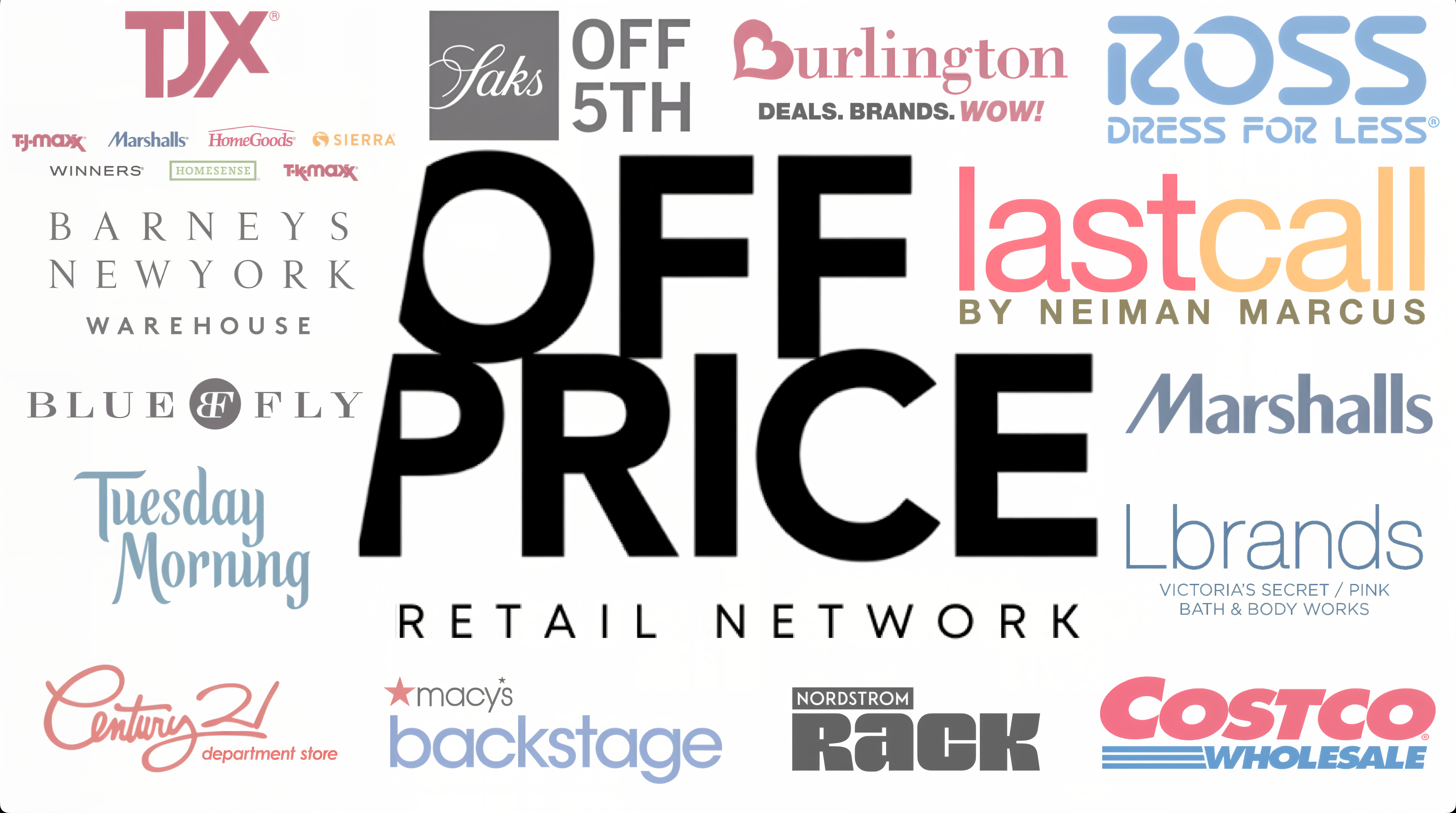Off-price Retailers Poised to Take Even More Market Share From Department Stores
Source: Informa By: Daphne Howland
TJX, Ross and Burlington all enjoyed higher sales and profits in the second quarter.
Ahead of financial reports from major off-price retailers, several analysts reiterated the strength of the sector, which tends to do well in up or down economies, with shoppers from a broad income range. These retailers also enjoy a real estate advantage, with most located away from malls in small centers with convenient parking, and are poised to take market share as Macy’s works through its planned closures of 150 stores.
UBS analysts led by Jay Sole also noted that online sales of apparel and footwear have plateaued, a boon to the segment, which relies more on brick and mortar than on e-commerce.
“As consumers remain pressured by inflation and accrued debt, discretionary items are taking a back seat when it comes to spending,” Jane Hali & Associates analysts said in a client note last month. “However, when they do shop discretionary items, consumers are seeking value. Both TJX and [Ross] have been consistent with strong buys and leaning into categories and products the consumer is interested in. Additionally, the off-price sector is poised to benefit from retail store closures and the current weakness in the department store sector.”
Here are the most recent reports from the major players in off-price, which all raised their guidance for the year following their second-quarter results:
TJX Cos.
At TJX Companies, which runs various off-price retailers in the U.S., Canada, Europe and Australia, Q2 net sales rose 5.6% year over year to $13.5 billion, with comps up 4%, “entirely driven by an increase in customer transactions,” per a company press release. Comps at the company’s U.S. T.J. Maxx-plus-Marshalls business, known as Marmaxx, rose 5% and at its U.S. HomeGoods business rose 2%. Marmaxx is the company’s largest enterprise, reaching $8.4 billion in the period.
Gross margin expanded just 0.2 percentage points to 30.4%, as net income rose 11.1% to $1.1 billion. Chief Financial Officer John Klinger told analysts that the company expects shrink to be flat compared to last year.
“We view TJX as capable of taking major market share from Department Store peers over the next few years,” UBS’ Sole said in a research note following the company’s Q2 release. “Plus, we believe TJX’s newer businesses such as HomeSense and Sierra Trading Post have big potential, as does its international operation.”
Ross Stores
Ross Stores, which runs 1,795 namesake locations in 43 states, the District of Columbia and Guam, plus 353 DD’s Discounts stores in 22 states, has been expanding rapidly, recently opening 24 new locations in two months. In Q2, its net sales rose 7.1% year over year to $5.3 billion, with comps up 4%.
Operating margin expanded by 115 basis points to 12.5%, and net earnings rose 18.1% to $527.1 million, thanks to higher sales and lower distribution and incentive costs, partly offset by lower merchandise margins.
In a statement, CEO Barbara Rentler warned that, though the company beat its own expectations for the period, its year-on-year comparisons could get tougher in the second half of the year. Still, the company’s low- to middle-income consumer is responding well to its merchandising, according to Bank of America analysts Lorraine Hutchinson and Melanie Nuñez.
“The sharper value strategy across good, better, and best items is drawing in consumers at both Ross and dd’s,” they wrote in a client note. “Average unit retails were up slightly, in alignment with this branded strategy, while units per transaction declined. This strategy is key for attracting a value-driven shopper and will lead to market share gains, but we expect merch margin pressure in the near-term as value is passed through to the customer.”
Burlington
New stores are also key to sales growth at Burlington, CEO Michael O’Sullivan told analysts on Thursday. In the second quarter, the company added a net 36 stores to its fleet, for a total of 50 net new stores this year — finishing with 1,057. The companyexpects a location to notch about $7 millionin its first year of operation, and new stores are beating that, he said.
In Q2, net sales rose 13.4% year over year to $2.5 billion, with comps up 5%. Gross margin expanded by 110 basis points to 42.8%, and merchandise margin expanded by 90 basis points, mostly thanks to lower markdowns but also to lower freight expense. Net income more than doubled to $73.8 million, from last year’s $30.9 million.
“We remain encouraged by the broad-based and sustained sales momentum at Burlington despite broader concerns about the health of the lower-income consumer,” William Blair analysts led by Dylan Carden said in a Thursday client note.
In fact, in addition to its expansion, the retailer in the past year and a half has benefited as circumstances for many households have changed for the better, O’Sullivan said.
“Two years ago, our core low-income customer was under severe economic pressure from the higher cost of living. Since then, it feels as if two things have happened. As inflation has moderated, the situation for lower-income shoppers has somewhat improved. In parallel, economic pressure and uncertainty has spread and broadened well beyond lower-income shoppers,” he said. “There is now greater focus on value across demographic groups and income bands. This greater focus on value is helping our business.”
